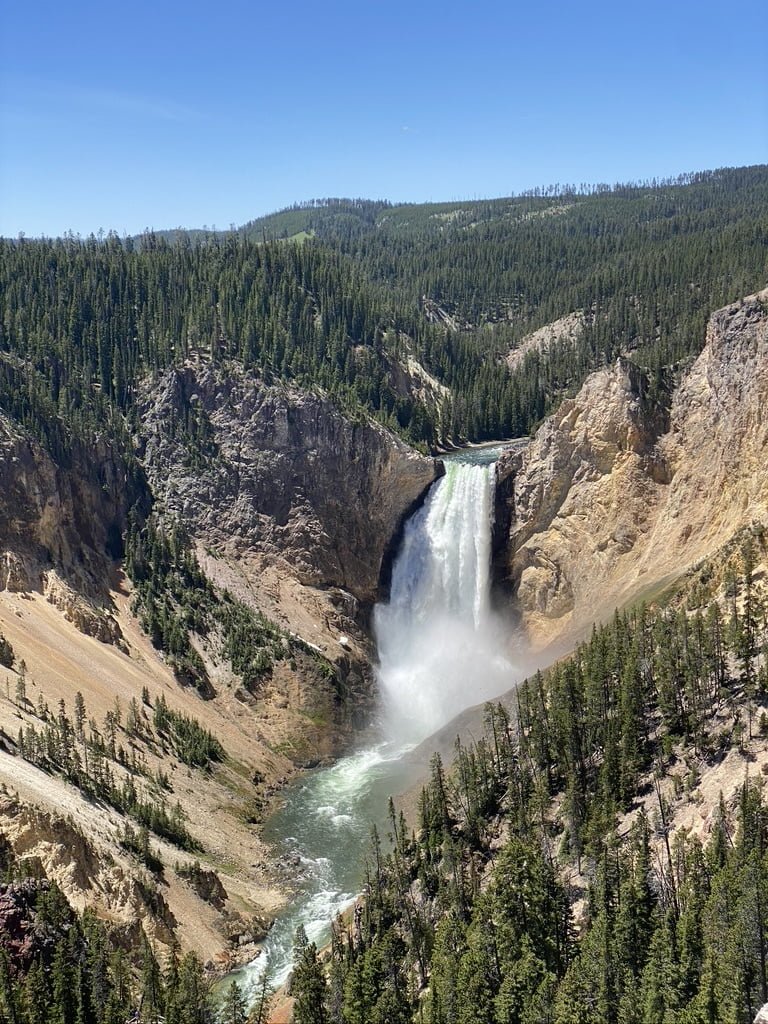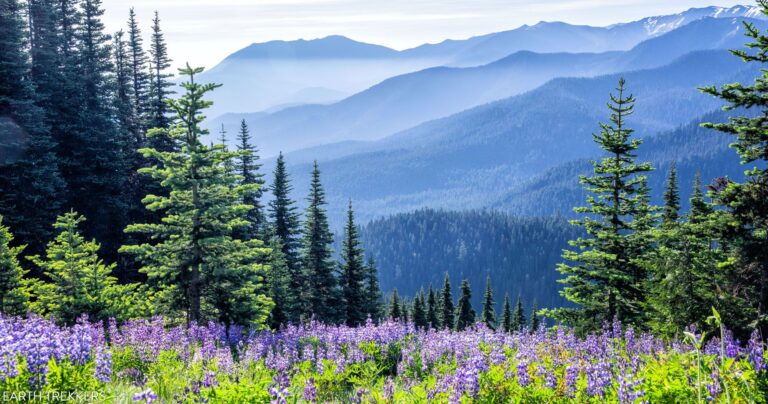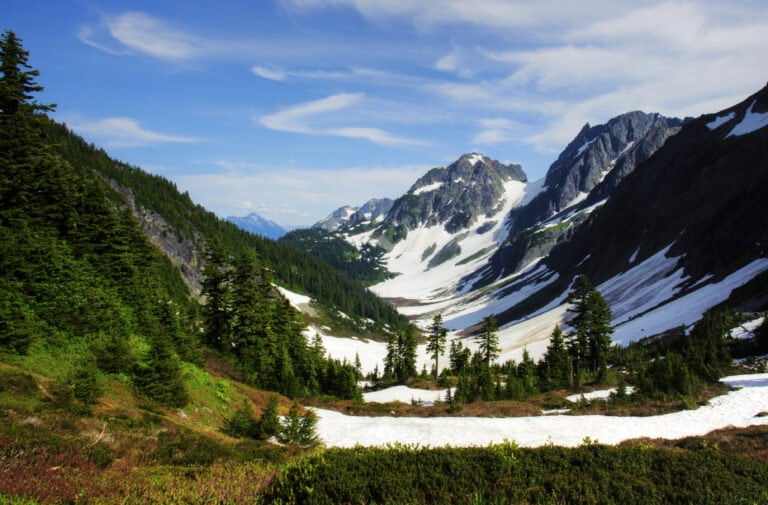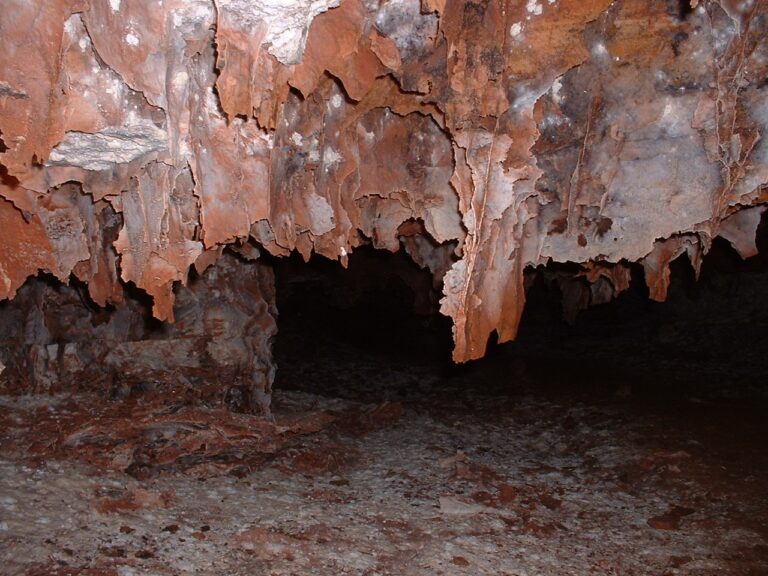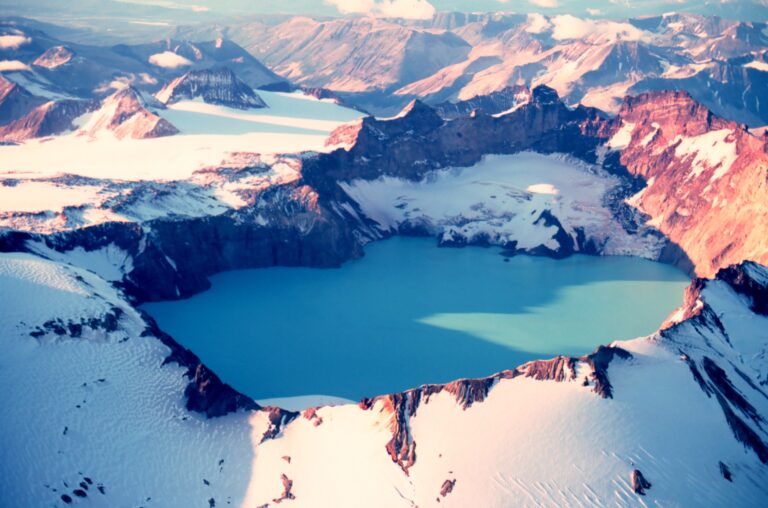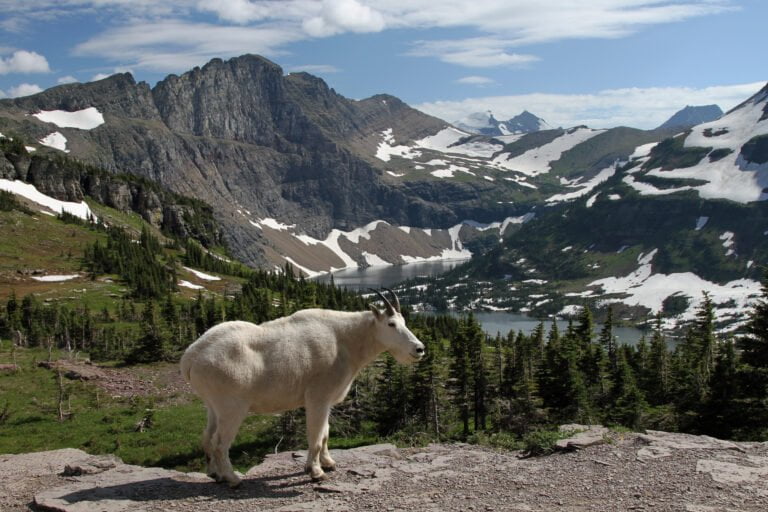Grand Canyon National Park
Nestled in the heart of Arizona, Grand Canyon National Park stands as a breathtaking testament to nature’s artistry. Spanning an impressive 1.2 million acres and established in 1919, this iconic destination attracts around 4.53 million visitors each year. Amidst its awe-inspiring landscapes and geological wonders, there lie some intriguing aspects worth delving into. From firearms regulations to bison management, this article takes you on an exploratory journey through Grand Canyon National Park.
Firearms Regulations: A Balancing Act
Understanding Firearms Regulations
Since February 22, 2010, individuals who adhere to federal, state, and local firearm laws are permitted to carry firearms within the park. However, visitors must acquaint themselves with the ever-evolving regulations before setting foot in the park. These regulations are subject to change, making it imperative to stay updated.
Prohibited Areas
Federal law designates specific areas within the park where firearms are strictly prohibited. Signs indicating these restrictions are posted at entrances to ensure compliance. These measures contribute to the safety and well-being of all park visitors.
Bison Management: Striking a Delicate Balance
Hunting Prohibition and Conservation Efforts
Hunting is explicitly forbidden within Grand Canyon National Park. One significant conservation effort aimed at maintaining ecological balance revolves around bison management.
The Bison Predicament
In September 2017, the National Park Service (NPS) issued a Finding of No Significant Impact (FONSI) to address the bison population on the North Rim. To reduce the bison count from around 600 to less than 200, the NPS initiated a plan incorporating both lethal and non-lethal measures.
The Complex Bison-Human Interaction
The rapid growth of the bison population has led them to predominantly inhabit the Grand Canyon area, impacting local ecosystems. Grazing and trampling affect water sources, vegetation, soil quality, and archaeological sites. In September 2021, a pilot operation was undertaken to remove bison from the North Rim through lethal means.
Distinguishing Lethal Removal from Hunting
The practice of lethal removal is distinct from hunting, justified by several key differences:
- Lethal removal is primarily conducted for management purposes while hunting often involves recreational motives.
- Lethal removal is supervised by the National Park Service under controlled conditions, whereas hunting offers more discretion to the hunter.
- Lethal removal prohibits the retention of the entire animal by the individual who kills it, a common practice in hunting.
- Lethal removal serves a public function, while hunting serves both public and private interests.
Unveiling Grand Canyon National Park’s Splendors
A Geological Marvel
Over millions of years, the Colorado River has carved a 277-mile-long, 6,000-foot-deep gorge through the region, giving birth to the Grand Canyon. Theodore Roosevelt aptly described it as “a natural marvel that has no equivalent anyplace else in the world.”
A Tapestry of Geological History
The layers of sandstone, shale, limestone, and granite unveil 2 billion years of geological history. Former native tribes left their mark on the rocks with intricate artwork and symbols, a testament to their deep connection with the land.
A Playground of Adventure
Modern adventurers find their playground in the Grand Canyon. Descending its ridges and rafting its legendary rapids are exhilarating experiences, heightened by the park’s remarkably dark skies, perfect for stargazing.
Plan Your Visit: Practical Information
Optimal Visiting Periods
The best time to visit Grand Canyon National Park is between March to May and September to October. During these months, the weather is mild, and the park’s beauty is on full display.
Visitor Fees and Passes
- $20.00 per person/cyclist for up to 7 days
- $35.00 per vehicle for up to 7 days
- $30.00 per motorcycle for up to 7 days
- $70 per Grand Canyon National Park Annual Park Pass
For those planning to explore multiple national parks, the America The Beautiful Annual Park Pass offers access to all U.S. National Parks for $80, with additional discounts for seniors, military personnel, and others.
Exploring Visitor Centers
Grand Canyon Visitor Center
- Address: S Entrance Rd, Grand Canyon Village, AZ 86023
- Phone: (928) 638-7888
- Hours: Daily 8:00 AM–4:00 PM
North Rim Visitor Center Park Store
- Address: AZ-67, North Rim, AZ 86023
- Hours: Daily 9:00 AM–5:00 PM
Verkamps Visitor Center (South Rim)
- Address: 100 S Entrance Rd, Grand Canyon Village, AZ 86023
- Hours: Daily 8:00 AM–6:00 PM
Embrace the Grandeur of the Grand Canyon
Grand Canyon National Park, a testament to nature’s artistry and geological history, beckons explorers, adventurers, and nature enthusiasts. Whether you’re captivated by its layered landscapes or curious about its intricate firearm regulations and bison management efforts, this park promises an unforgettable journey. Venture forth, embrace the grandeur, and immerse yourself in the wonders of Grand Canyon National Park.
Conclusion
Grand Canyon National Park stands as an awe-inspiring testament to nature’s beauty and the complexities of ecosystem management. As visitors explore its geological wonders, learn about firearm regulations, and grasp the delicate balance of bison conservation, they become part of a rich legacy. This iconic park invites us to cherish its magnificence, while also fostering responsible stewardship for generations to come. So, whether gazing at its majestic vistas or immersing in its history, Grand Canyon National Park offers a truly unparalleled experience.
FAQs
1. Can I carry firearms within Grand Canyon National Park?
Visitors adhering to federal, state, and local firearm laws are allowed to carry firearms within the park, subject to specific regulations.
2. Why are bison removed from the park through lethal means?
Lethal removal is aimed at managing the bison population and minimizing their impact on the park’s ecosystems, distinguishing it from hunting.
3. What is the best time to visit the Grand Canyon?
The optimal periods to visit are between March to May and September to October when the weather is pleasant and the park’s beauty is at its peak.
4. Are there any visitor centers within the park?
Yes, Grand Canyon National Park features several visitor centers, such as the Grand Canyon Visitor Center, North Rim Visitor Center Park Store, and Verkamps Visitor Center.
5. How can I access multiple national parks affordably?
Consider the America The Beautiful Annual Park Pass, offering access to all U.S. National Parks for $80, along with various discounts for different groups.
Is the Grand Canyon a national park:
Yes, the Grand Canyon is a national park in Arizona designated as a UNESCO World Heritage Site.
How big is the Grand Canyon National Park:
The Grand Canyon National Park covers 1,217,403 acres (1,901 sq miles).
How far is Zion National Park from the Grand Canyon:
Zion National Park is approximately 307 miles from the Grand Canyon South Rim area by road. It’s about a 4.5-hour drive between the two parks.
What state is Grand Canyon National Park in:
The Grand Canyon National Park is located in the state of Arizona. Most of the park, including the North and South Rims, is located in Coconino County, though the North Rim and a small part of the South Rim extend into Mohave County.

